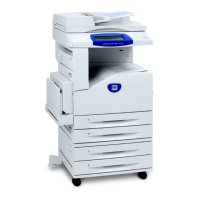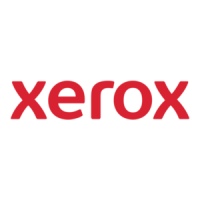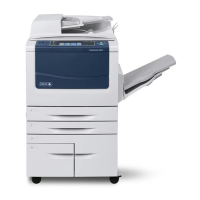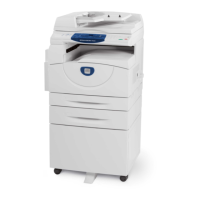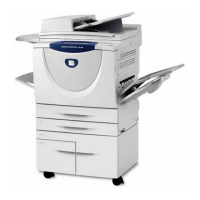8 Printer Environment Settings
236
NOTE: If a different printer name is specified, the print language or mode specified on
the touch screen of the machine is used.
NOTE: When setting print languages/modes from the same workstation to a single
printer, it is recommended to set one kind of each. If two or more kinds of languages/
modes are set, the workstation may display the same job number for some queues
(lpq).
NOTE: To print an ASCII-format PostScript file, specify PSASC for data processing
with TBCP enabled.
NOTE: To print a binary-format PostScript file, specify PSBIN for data processing with
TBCP disabled.
NOTE: When specifying PS, the machine functions as if PSBIN is specified.
NOTE: You cannot use -C option when specifying the printer name with the output
parameter.
NOTE: For details about -C option, refer to
-C Option on page 245
.
NOTE: Lowercase characters can also be used for a printer name.
NOTE: Up to 64 characters can be used for a printer name.
NOTE: Output parameters in the print data take priority over the printer name.
Solaris
Follow the steps below to set up a Solaris workstation to communicate with the
machine.
1.
Log in as root at a client workstation.
2.
Use the Solaris ADMINTOOL to add the machine to the system host files.
NOTE: Refer to the Solaris documentation for instructions on using the ADMINTOOL.
1) Select [Browse].
2) Select [Printers].
3) Select [Edit].
4) Select [Add].
5) Select [Local Printer].
6) Enter the [Host Name] in the Printer Name field and then select [OK].
7) Select [File].
8) Select [Exit].
3.
Verify connectivity to the machine by using a UNIX command such as ping, as
shown in the following example:
ping PrinterName
PrinterName is alive
NOTE: The remote queue name must be set to lp to spool jobs to the machine.
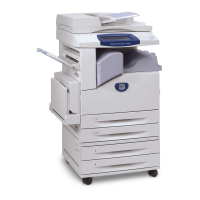
